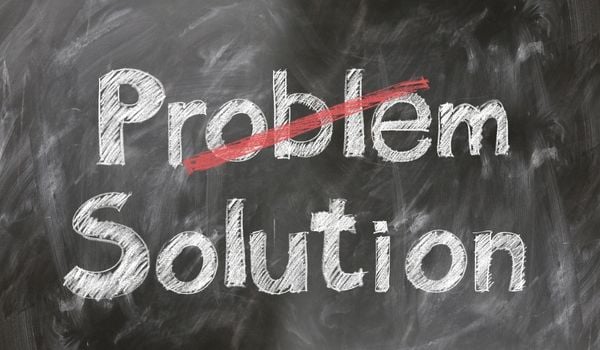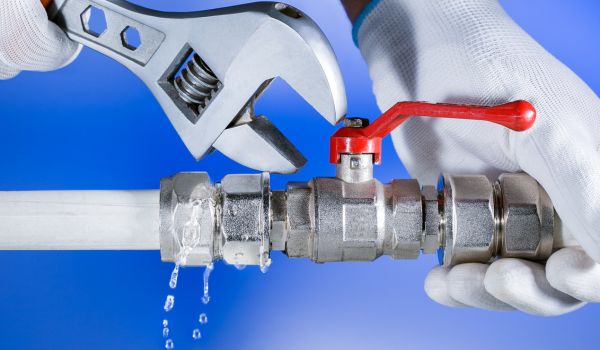Thinking about tackling a water softener install yourself? Honestly—it’s not as intimidating as it sounds. And if you’re even a little handy, you could save a few hundred bucks in the process.
You don’t need fancy tools or plumbing wizardry—just some prep, the right spot to put it, and a step-by-step plan that actually makes sense. That’s what this guide is for.
Let’s break it down in plain English, from picking the perfect location to wiring things up and getting your water softener humming along. Ready?
🧠 Quick Takeaways
- 💰 DIY install can save hundreds in labor costs.
- 🧰 You’ll need some basic plumbing tools (and confidence).
- 📍 Best spot: near the main water line in a heated, accessible area.
- 🧂 Keep salt levels topped up and clean the brine tank regularly.
- ❄️ Outdoor installs? Possible in warm climates—with care.
- 🔁 Salt-free units are easier to install but work differently.
🛠️ DIY Installation Steps
Installing a water softener might sound like a major plumbing project, but it’s actually pretty doable—even if you’re not a pro. Here’s how to make it happen without calling in backup.
| 🔢 Step | 📋 What to Do | 💡 Pro Tip |
|---|---|---|
| 1. Gather Tools | Wrench, pipe cutter, tubing cutter, Teflon tape, drain tubing, etc. | Flexible hoses make tight spaces easier to manage. |
| 2. Shut Off Water | Turn off the main supply to avoid leaks or flooding. | Drain lines by opening a nearby tap before cutting. |
| 3. Pick a Location | Close to where water enters, near a drain, in a heated area. | On well water? Install after the pressure tank. |
| 4. Prep Pipes | Cut into main line and add fittings (compression or soldered). | Wrap threaded connections with Teflon tape to prevent leaks. |
| 5. Hook Up Inlet/Outlet | Connect inlet to “in” valve, outlet back to home system. | Label pipes if needed—it’s easy to mix them up. |
| 6. Drain Line | Run tubing to floor drain or sink with a downward slope. | Keep it above the drain opening to prevent siphoning. |
| 7. Plug & Program | Connect to outlet, then follow setup instructions. | No extension cords—softeners need direct power. |
| 8. Turn Water Back On | Turn slowly, check for leaks, let system fill and cycle. | Watch for leaks during the first regeneration cycle. |
💬 Still with me?
Installing your own softener isn’t rocket science—but it does take a bit of planning and patience. Hopefully, that table gave you a clear path forward. If you’re unsure about where to place the system, don’t worry—we’re covering that next.
Let’s talk about the best spot to install your water softener (and what to avoid).
📍 Best Place to Install It

The best spot for a water softener is usually where your main water line enters the house—before the water heater but after any well pressure tank (if applicable). You want it in a place that’s dry, heated, and easy to access for maintenance.
✅ Ideal Setup Conditions:
- Indoors (or protected from freezing temps)
- Near a floor drain or utility sink
- Close to an electrical outlet
- Enough clearance for salt refills and future servicing
🧠 Heads-Up: If you’re using well water, the softener should go after the pressure tank. That helps maintain strong flow and protects the system from pressure surges.
🧰 What About Outdoor Installation?
It’s technically possible—but not always a great idea. Outdoor setups can work in warm climates if you:
- Keep it shaded and away from direct sun
- Protect it from temperature swings
- Use an insulated or weatherproof enclosure
But be warned: Some warranties are voided if installed outside without proper protection. Check your manual before committing to an outdoor spot.
🧼 Water Softener Maintenance

Taking a few minutes every now and then to maintain your water softener can save you a ton in repairs—or worse, replacement. The good news? Most of it is low-effort stuff. Let’s break it down.
| 🔧 Task | 📆 How Often | 💡 Why It Matters |
|---|---|---|
| 🧂 Check Salt Levels | Once a month | Low salt = no softening. Keep the brine tank at least half full. |
| 🧴 Clean the Resin Bed | Every 6–12 months | Prevents buildup and keeps softening efficiency high. |
| 🔍 Inspect for Leaks | Quarterly | Catches small issues before they become major repairs. |
| 🧪 Test Water Hardness | Twice a year | Helps you verify your softener is working properly. |
| 🧼 Clean the Brine Tank | Once a year | Removes sediment and sludge that can reduce performance. |
| 🔁 Replace Filters (if any) | Per manufacturer instructions | Keeps flow rate high and prevents clogs. |
| 📞 Pro Service | Every 1–2 years | Full tune-up to keep your system running smoothly long-term. |
Keep this cheat sheet handy, and your softener should last you over a decade with no drama. A little regular attention goes a long way—especially if you’re on well water or live in an area with very high hardness levels.
🧰 When to Get Help

Installing a water softener is totally DIY-friendly for most homeowners—but there are a few situations where calling in a pro just makes more sense.
Here’s when to skip the wrench and grab your phone:
| 🚩 Scenario | ⚠️ Why It’s a Problem | ✅ Call a Pro If… |
|---|---|---|
| 🏠 Tight Space | Installing a unit in a cramped area is tricky, even for experienced DIYers. | You can’t safely access pipes or fit the softener with enough clearance. |
| 🔧 Old or Complicated Plumbing | Outdated or mismatched pipe sizes can lead to poor flow or code issues. | Your plumbing doesn’t match the softener fittings, or code upgrades are needed. |
| 🚿 No Floor Drain | Drainage is critical for backwashing softeners. Improper setups = leaks or backups. | You don’t have a nearby drain and don’t want to risk DIY routing. |
| 🔁 No Bypass Valve | Running outdoor water through a softener wastes salt and shortens lifespan. | You want to add a bypass for gardening or pool fill-up use. |
| 🧪 Combining with Filtration | Pairing filters with softeners can mess with pressure or flow if installed incorrectly. | You’re setting up pre-filters or post-filters and aren’t sure about flow order. |
| 😬 It Just Feels Overwhelming | Some installs are simple. Others… not so much. | You’d rather not risk damaging your plumbing—or your sanity. |
You don’t have to be a plumber to get soft water—but knowing when to hire one can save you time, stress, and unexpected repairs. A professional install is a small investment that can pay off big in peace of mind.
🧼 Final Thoughts

Installing a water softener might feel like a big job—but once it’s in, the benefits speak for themselves: cleaner laundry, fewer plumbing issues, and water that just feels better.
Whether you’re doing a full DIY install or just want to understand the process before hiring a pro, the steps are straightforward—and now you’ve got them all in one place.
Take your time, double-check fittings, and don’t be afraid to ask for help if things get tricky. With a little effort upfront, you’ll enjoy years of low-maintenance, scale-free water.
💡 Want to explore your options? Check out our complete water softener guide—or if you’re leaning low-maintenance, compare salt-free water systems here.
 93 people found this helpful. Was this guide helpful to you?
93 people found this helpful. Was this guide helpful to you? 

